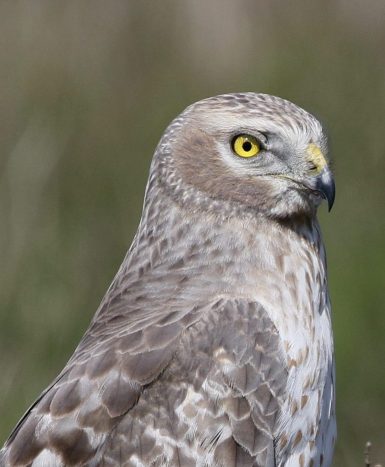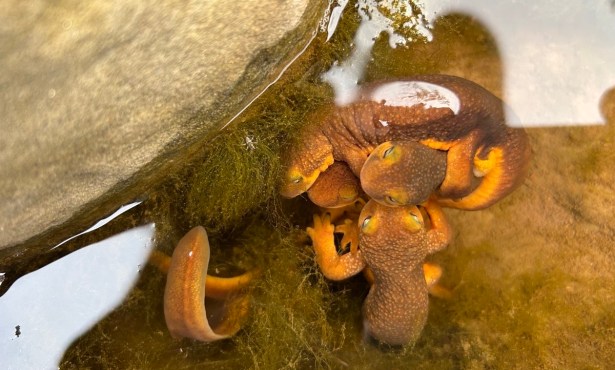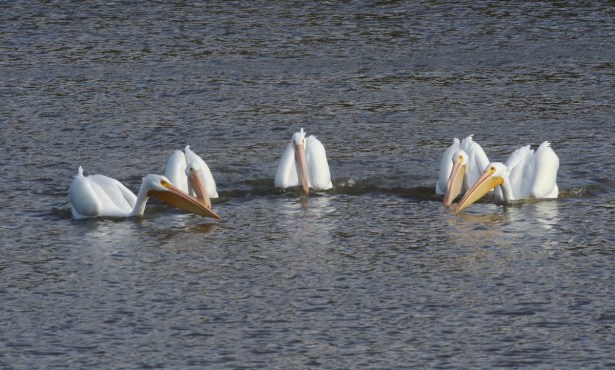Santa Barbara Birding: The Changing of the Guard
The Great Push of Migration from the South Is in Full Swing

It’s a magical time in the bird world. Though many of our familiar wintering birds have left us, a few remain and have been joined by recent arrivals from Mexico and Central America. In this short window, we have an opportunity to view a great diversity of birds — those arriving, those preparing to leave, and of course, the resident birds. Most are in their summer finery and are singing their hearts out.
Though we understand more about bird migration than we did a decade or two ago, it still seems to me a miraculous phenomenon. One day the birds are with us and the next, gone. The white-crowned sparrows that spent the winter finding seeds in our yards will disappear any day now. One night the urge to move will become overwhelming, and the birds will launch into an all-night flight that will take them far to the north. We can only imagine what this must be like for diurnal birds for whom night leaves them at their most vulnerable. To move at night is to attract the attention of predators, but the urge to migrate must overcome all fears. Some of our wintering sparrows will fly tremendous distances and will have to make several layovers before their destination is reached. Some of our winterers nest as far away as the Puget Sound and beyond.
One bird that was particularly conspicuous this winter was the northern harrier, a ghost of a bird that looks and acts as though it’s half hawk and half owl. They were particularly abundant at More Mesa, one of the last remaining areas of undeveloped grassland along the South Coast. Dusk would see up to five of these birds floating low over the golden grasses, looking and listening for the movement of rodents and birds. A particularly thrilling sight is to see a harrier tussle with a short-eared owl, another special bird of More Mesa, and a direct competitor for the harrier’s food.
Harriers, as with most other birds of prey, migrate during the day, hunting as they travel. They are known as “leapfrog migrants,” with the most northerly breeders in Alaska wintering the farthest to the south. Our birds will depart any day now, leaving More Mesa and its rodents to the resident red-tailed hawks and white-tailed kites.
The great push of migration from the south is in full swing. When conditions are favorable, streams of birds make landfall along the coast at dawn and funnel up the canyons, feeding and singing as they flit from tree to tree. Refugio Canyon is a particularly good place to view this phenomenon. On a good morning, you can see tanagers, orioles, vireos, flycatchers, kingbirds, and warblers all on the move. A few of these migrants will stick around to nest. One such bird, also one of the more spectacular birds you’ll see, is the hooded oriole. They first arrive in mid-March, announcing their presence with an ascending whistled “wink” call. They nest almost exclusively in palms, weaving their basket nests on the underside of fronds. If you see a brilliant orange-yellow apparition with black and white wings and a black throat, that’s your bird.
Most migration will be complete by mid-May, and nesting will be in full swing. The first fall migrants, the shorebirds, will head south from the Arctic as soon as late July. There’s always movement in the world of birds.
Support the Santa Barbara Independent through a long-term or a single contribution.




You must be logged in to post a comment.